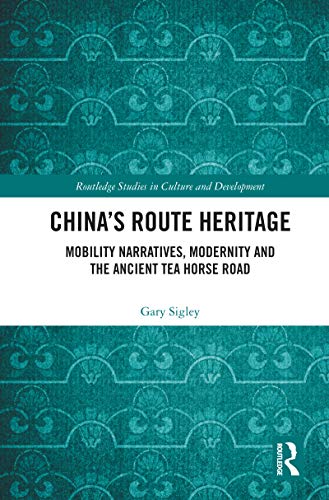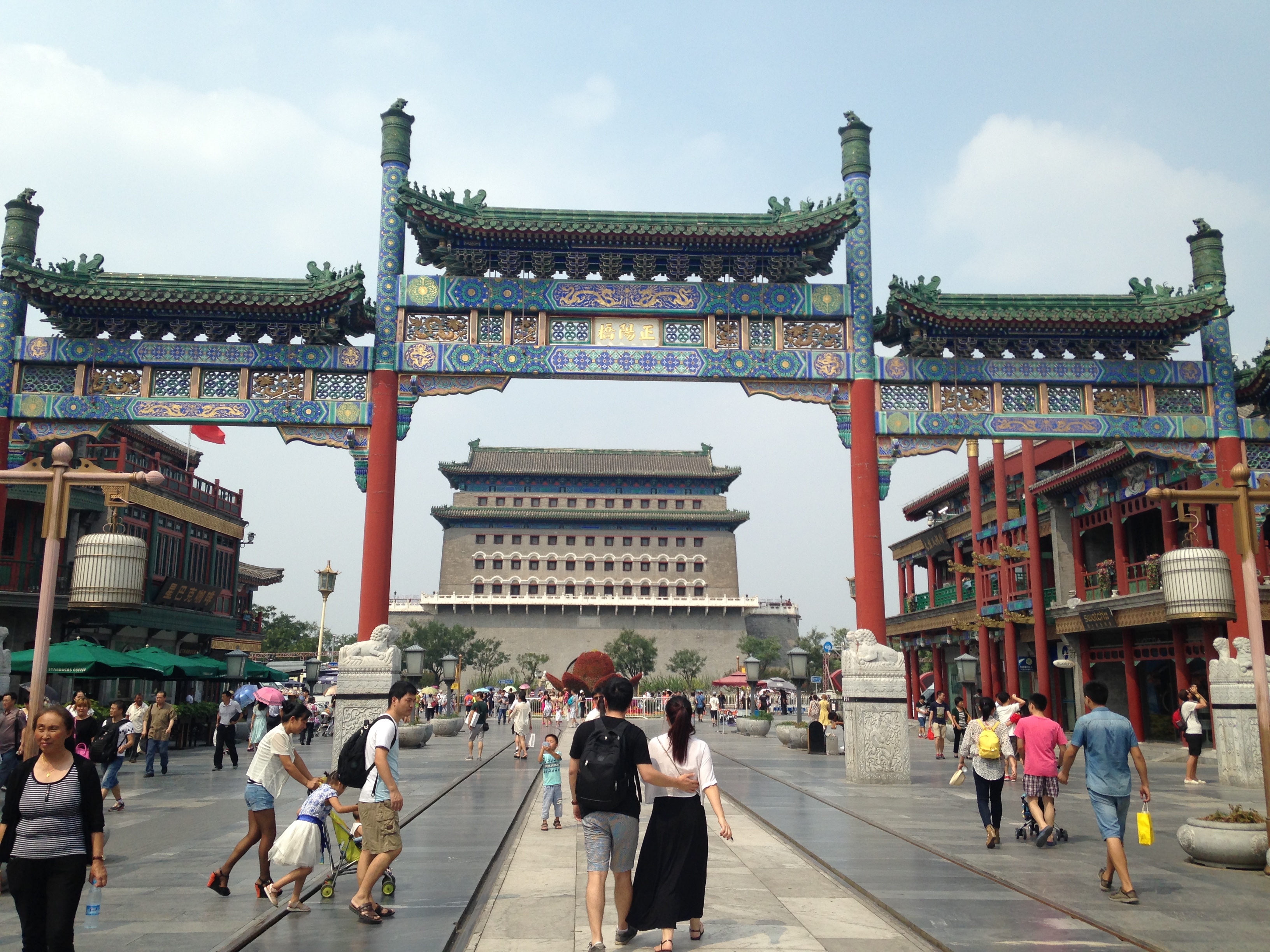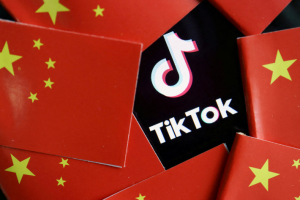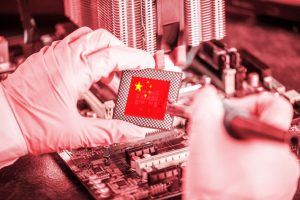(ATF) In this extract from his book, author Gary Sigley talks about China’s mobility narrative and how through trade, pilgrimage, migration and other forms of travel different communities and peoples interact.
…
Qianmen, literally ‘the front gate’, is the main entrance to the old walled city of Beijing. It was through this gate that the Emperor would pass on his way to and from the ‘Forbidden City’. These days, between Qianmen and the Gate of Heavenly Peace (Tiananmen) – the latter being the gate in front of the Imperial Palace (Gugong) upon which Mao Zedong declared the foundation of the People’s Republic of China (PRC) on 1 October 1949 – sits Tiananmen Square, the symbolic centre of China surrounded on all sides by national iconic architecture.
On the western side is the Great Hall of the People, China’s peak representative and legislative body. On the eastern side is the National Museum of China, formed in 2003 by combining the Museum of the Chinese Revolution and the National Museum of Chinese History. These landmarks were completed in 1959 to celebrate the first decade of the founding of the PRC.
Thus, on one side is the symbol of national political authority and on the other the narrative display of history justifying the existence of its neighbour on the other side of the square. Anyone equipped with a good travel guide would be able to locate these and other nearby landmarks.
Yet what most travel guides don’t tell you is that embedded in the ground just outside Qianmen is a large bronze plaque approximately 1.6 metres in diameter. The plaque, placed on site by the Ministry of Transport on 26 September 2006, displays the four cardinal points of the compass and accompanying animals, both real and mythical, associated in Chinese cosmology with important star constellations and the directions of north, south, east, and west.
The circular perimeter is further marked by 64 spatial points that connect the plaque to the number of trigrams found in The Book of Changes (Yijing), a key foundational text in the corpus of Chinese learning. The plaque, laden as it is with a Chinese cosmological heritage, represents point zero for the China national highway network (Ou Yangjie, 2006).
According to Chinese cosmology there are actually five cardinal points. In addition to the familiar north, south, east, and west is the very important cardinal point of ‘the centre’. Indeed, as many people know, in Chinese, in both official (Zhonghua) and colloquial (Zhongguo) versions, the character compounds for ‘China’ designate it as ‘the centre’.
In this national highway network plaque, examples of which can be found in many other countries, the ‘zero’ not only represents the starting point for China’s extensive and ever-spreading transport network, it also signifies ‘the centre’ to which all other parts of the nation must be connected. More specifically, and here the Beijing point zero differs from its counterparts in other nations, in drawing upon a rich cosmological heritage the plaque in effect pinpoints China’s capital as the centre of Tianxia, or ‘All Under Heaven’, the cosmological worldview that despite being displaced and ruptured since at least the latter half of the 19th century still persists in various forms in Chinese discourse (Dai Jinhua, 2018: 47-62).
The point zero plaque, therefore, represents a meshing of a reinvented symbolic cosmology with a modern techno-scientific reasoning (Sigley, 2009) that aims to project Chinese power not only domestically but also, when we take the ambitious ‘Belt and Road Initiative’ into consideration, globally. To be interconnected and mobile is what it means, in part, to be a 21st-century superpower. In the case of China, it also means reworking the imagery of the past into the representations of the present. In Chinese this is commonly referred to as ‘letting the past serve the present’ (guweijinyong).
.
The mobility narrative informs us that it is through trade, pilgrimage, migration and other forms of travel that different communities and peoples interact. Over time such interactions, so the narrative goes, involve the sharing of culture and ways of life. Over even longer periods of time, once separate communities come to be part of the larger socio-cultural entity of ‘the nation’. Mobility narratives, insofar as they tell us how disparate peoples come together as ‘family’, are thus a common feature of modern nation-states.
The current Chinese mobility narrative draws upon a rich history of mobility and associated references, and is now being ‘narrated’ and ‘represented’ in ways that bring the ‘coming-into-being’ of the Chinese nation (Zhonghua minzu) onto a global stage. Belt and Road is, in other words, the ‘Silk Road of the 21st Century’. China’s mobility narrative thus has global, including Tianxia, dimensions.
To move, of course, means to create pathways. The better the pathway, the better people, goods and ideas can travel. In this regard, as I shall explore in the chapters that follow, the building of a modern transport infrastructure has been, and continues to be, a major priority for the Chinese government. Despite three decades of construction since 1949, at the end of the 1970s China’s transport infrastructure remained rudimentary by contemporary standards. The rapid expansion of expressways since the 1980s is a good example of the shift in government priorities during the reform era to include a focus on mobility and investment in the national transport and infrastructure network.
China’s first expressway was completed on 31 October 1988, an 18.5-km stretch linking Shanghai to nearby Jiading. By 1998 the total length of expressways had reached 6,258 km. In 2001 it had passed the 20,000-kilometre milestone. In 2009 the total length was over 60,000 kilometres. This dramatic expansion was achieved within just two decades.
Much of the initial transport development was, however, concentrated in the provinces along the eastern seaboard, China’s littoral zone that contrasts with the vast hinterland and highlands of the western and southwestern regions. This is not surprising given that this is where the vast bulk of China’s population resides and that the region already had favourable conditions for transport investment.
(This is an excerpt from Gary Sigley’s book China’s Route Heritage: Mobility Narratives, Modernity and the Ancient Tea Horse Road published by Routledge.)

























